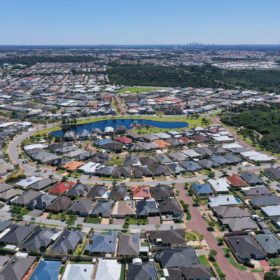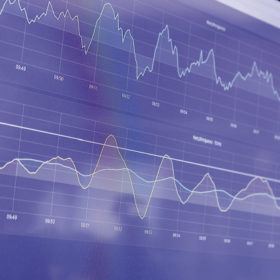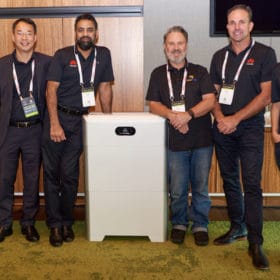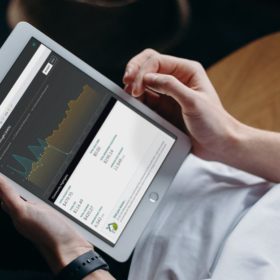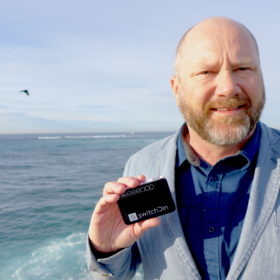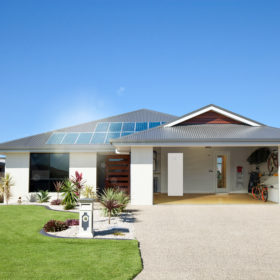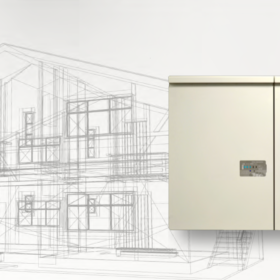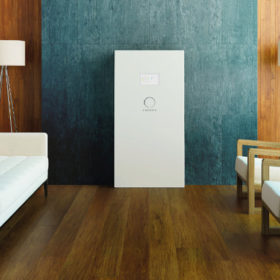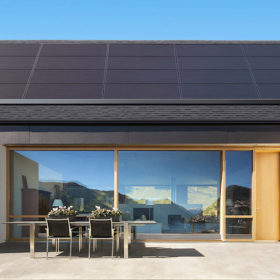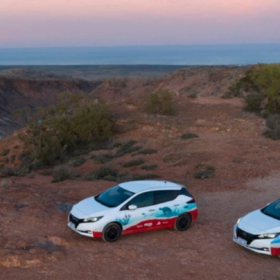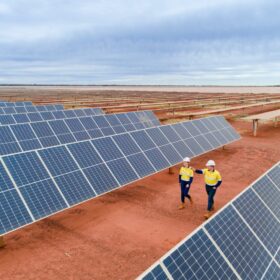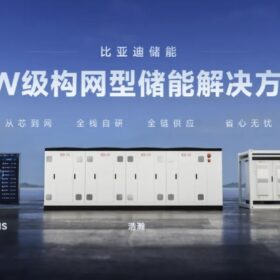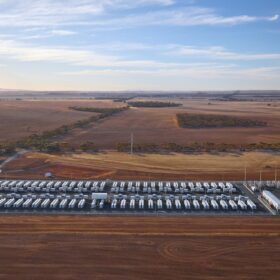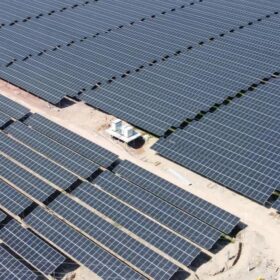Market advancing VPP goes live in Western Australia
Western Australia’s largest virtual power plant, the government-support Project Symphony, is live. The project is particularly noteworthy for its introduction of new markets to reward different services and its use of Dynamic Operating Envelopes.
Battery-maker, retailer and financier alliance sees more players enter Australia’s VPP space
South Korean company LG Energy Solution has partnered with Australian fintech financier Humm Group and renewable energy retailer Diamond Energy to provide customers with Virtual Power Plant platform. Virtual power plants (VPPs) are gaining momentum in Australia as a way to decrease buyback time on home batteries and potentially add stabilisation services to the grid.
Huawei enters Australia’s residential battery market with modular Luna2000
Chinese giant Huawei has entered Australia’s residential solar battery market with its home energy storage system, the Luna2000. The lithium-iron phosphate 5kWh cells have a modular design and are scalable to 30kWh. Huawei is banking on 10 kWh system capacities being most popular, telling pv magazine Australia they will retail for under AU$10,000.
Blockchain P2P solar energy trading proves feasible and popular in world-first trial
An Australian government-backed trial of peer-to-peer (P2P) solar trading has demonstrated the potential of localized two-sided energy markets and blockchain technology to improve the energy system. However, current electricity tariff structures would need to be modified to realize the full stack of values that this technology has to offer.
Meet the conductor tuning orchestras of rooftop resources
Andrew Mears, Founder and CEO of software company SwitchDin says rooftop solar is set to realise its full stack of value, for consumers, electricity retailers, network providers and the grid operator.
Thousands of South Australian households rush to install batteries
In the five weeks between subsidy step-down being announced and implemented under the $100 million Home Battery Scheme, more than 5,000 subsidies were approved.
AEMO: Lessons learned about VPP market participation
The Australian Energy Market Operator (AEMO) has published its first knowledge sharing report under its landmark virtual power plant (VPP) demonstrations program, which is intended to provide insights into the scalability and network services potential of VPPs. The report details how the South Australia-based Tesla-Energy Locals VPP responded to price signals and frequency level and helps further understand the benefits consumers can have from participating in VPPs.
Eguana Technologies moves closer to Moixa GridShare AI integration
The Canadian battery manufacturer has announced an investment from Japanese Itochu Corporation and got closer to integrating Moixa GridShare AI with its Evolve batteries.
SA Home Battery Scheme’s first step-down of subsidy
The South Australian Government’s subsidy under the $100 million Home Battery Scheme will have its first planned reduction in five weeks’ time.
SA home battery subsidies to decrease, Victoria’s battery rebate expands to more postcodes
The South Australian Government is expected to announce a decrease in the subsidy level and cap for its Home Battery Scheme this week, while the Victorian Government has more than doubled the eligible postcodes for its Solar Homes program.
